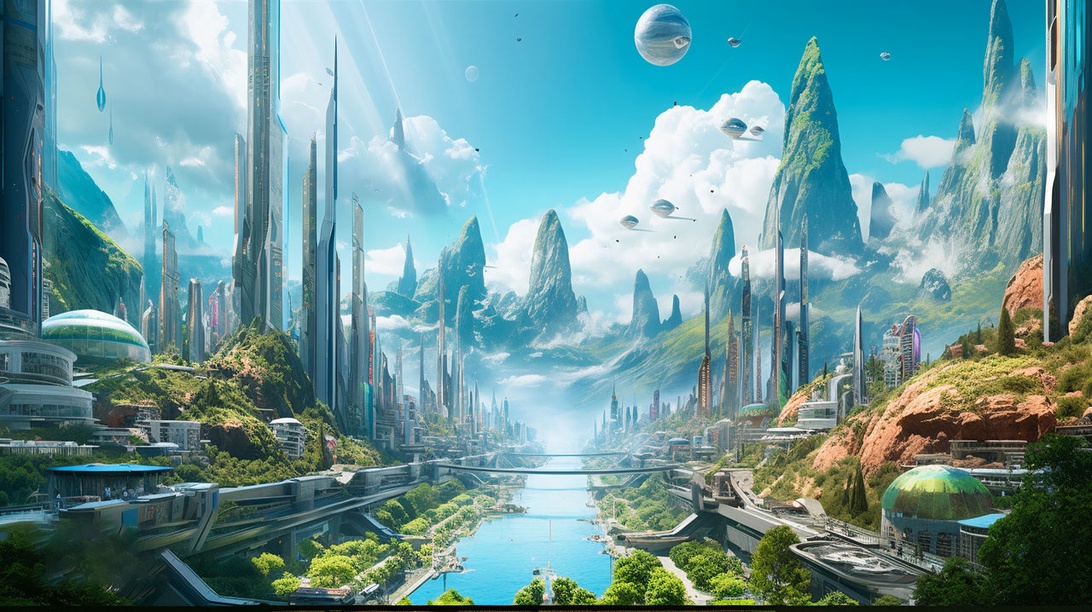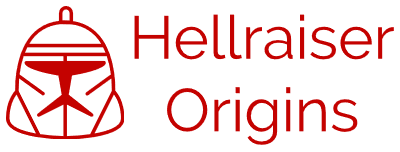How Sci-Fi Workplace Environments Inspire Real Corporate Intranets Like Omnia
Have you ever watched a character in a sci-fi movie effortlessly swipe through holographic data streams and thought, ‘Why can’t my work software be that cool?’ For years, we’ve seen these incredible, seamless workplace environments on screen, from the bridge of the Starship Enterprise to the labs in ‘Minority Report’. Concepts like the communicators in Star Trek and the tablets in ‘2001: A Space Odyssey’ felt like pure fantasy. But here’s the awesome part: that fantasy is actively shaping the reality of our digital workplaces. The gap between fictional tech and the functional tools we use is shrinking, and the inspiration behind modern corporate intranets often comes directly from the pages and screens of science fiction.
How Science Fiction Sets the Stage for Workplace Innovation
Science fiction does more than just entertain; it creates a powerful conceptual blueprint for the future. It sets our expectations and gives designers a rich visual language to draw from when creating the next generation of technology. It establishes a cultural benchmark for what feels advanced and desirable, pushing real-world developers to meet an imagination fueled by the best visions of the future.
Setting Expectations with Cinematic Blueprints
When Steven Spielberg’s ‘Minority Report’ showed Tom Cruise manipulating data on a transparent, gestural interface, it became an icon of user experience design. It was not just a cool effect; it was a profound statement about how humans could interact with information intuitively. This vision was so powerful that it directly inspired Apple designer Bas Ording when he was developing the iPhone’s user interface. This cultural pre-conditioning means users now expect real technology to feel as advanced as what they see on screen. It is a fascinating dynamic to explore how designers can responsibly use science fiction as inspiration, balancing visionary ideas with practical application.

The gestural interfaces seen in films like ‘Minority Report’ set a high bar for user experience, inspiring the intuitive design of today’s digital tools.
Turning Fantasy into Function with Design Fiction
So how do you translate these wild, ‘blue sky’ ideas into a functional corporate product? The answer lies in a brilliant practice called ‘Design Fiction’. Coined by author Bruce Sterling, it is the process of using narrative and speculative prototypes to explore the implications of future technologies. It is not about predicting the future, but about creating tangible ‘artifacts from the future’ to make a potential tomorrow feel real and spark discussion. This is not just an academic exercise; major corporations like Microsoft, Google, and Tesla now hire futurists and consult with studios that specialize in sci-fi interfaces and emerging technology to envision the future of their industries. They understand that radical innovation comes from daring to imagine something completely different, moving beyond current trends to build what comes next.
Building the Future from Cinematic Vision to Corporate Intranet
This is where it all comes together for the modern workplace. A corporate intranet is the central nervous system of a company, the digital equivalent of a starship’s bridge. The principles borrowed from sci-fi are directly applicable to making these platforms truly transformative. The goal is to evolve the intranet from a static repository of documents into a dynamic, living ecosystem that empowers employees.
The best sci-fi interfaces are all about seamless integration. On the Starship Enterprise, a crew member can access personnel files, ship schematics, and interstellar communications from a single console. Modern intranets strive for this same level of integration, aiming to be the single source of truth that connects everything from instant messaging and video conferencing to project management tools and document libraries. The idea is to eliminate the friction of switching between dozens of apps, creating a unified digital environment where work flows naturally.

Visions of futuristic cities, with their integrated technology and sleek design, serve as a mood board for creating advanced and efficient digital workplaces.
Intuitive Design and the Future We Code Today
Furthermore, the user experience is paramount. Inspired by the effortless controls of cinematic tech, developers are focused on creating interfaces that are user-centric. This means personalized dashboards that surface relevant information, powerful search functions, and mobile-first designs that allow access from anywhere. It’s about designing for the human, not just the machine. This focus on the human element extends to company culture and well-being. This is why forward-thinking companies are leveraging the power of a dedicated HR intranet from Omnia to boost engagement, serving as a vital hub for managing flexible work schedules, accessing wellness resources, and celebrating team successes. This reflects a holistic, people-first vision of the future of work that was once the domain of utopian sci-fi. The influence of science fiction on our work tools is not a trend that is fading; it is accelerating. The next time you log into your company’s digital portal, remember you are not just looking at software. You are looking at a piece of a future dreamed up decades ago, a future that is being built right now, one pixel at a time.

